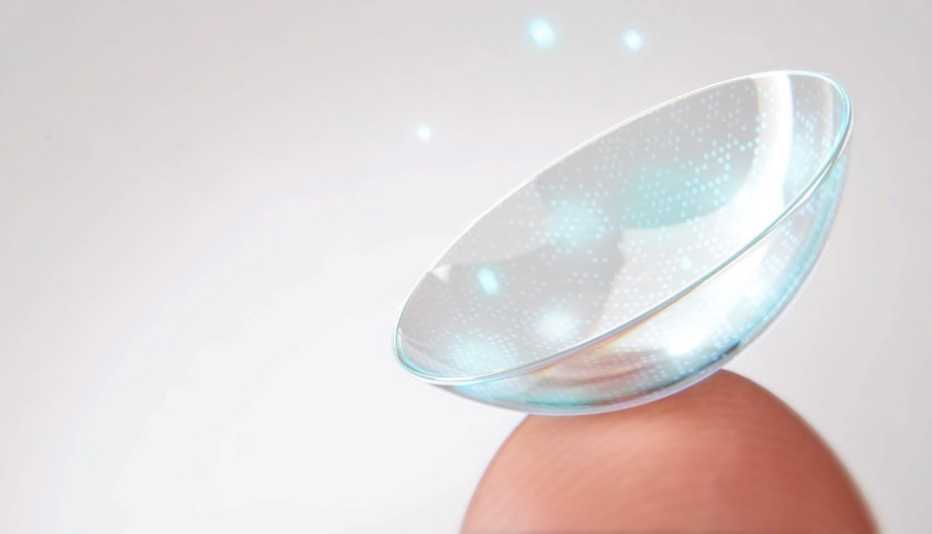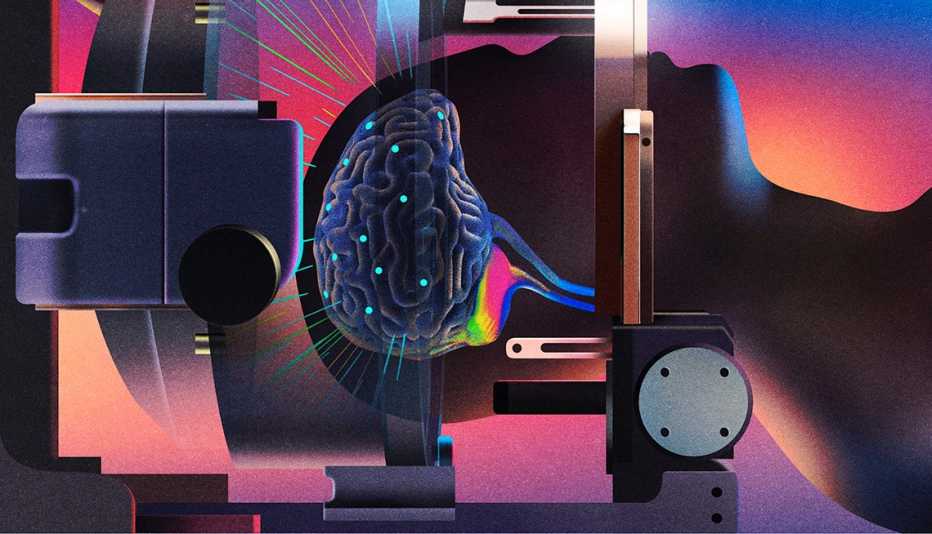Staying Fit
The news is full of “promising” developments that may “one day” lead to a brighter, healthier future. But for our annual roundup of the latest medical breakthroughs, we decided to focus on game changers that are improving lives today. Here we bring you three new technologies and treatments for vision — an implant that helps those with macular degeneration, eye drops that can replace reading glasses and contact lenses to ease itchy eyes.
When Melinda Roth, 63, tried to read the eye chart during a routine vision check in 2017, the view from her left eye had gone completely dark. “I couldn’t see anything,” she says. “I accused my doctor of playing a joke on me.” A visit to the emergency room at Wills Eye Hospital in Philadelphia revealed that Roth had age-related macular degeneration (AMD), the leading cause of severe vision loss in people 50 and older.


AARP Membership— $12 for your first year when you sign up for Automatic Renewal
Get instant access to members-only products and hundreds of discounts, a free second membership, and a subscription to AARP the Magazine.
In her left eye, Roth had “wet” AMD, a fast-moving, advanced stage of the disease in which abnormal, leaky blood vessels damage the macula, the part of the eye responsible for reading, driving, recognizing faces and more. The standard treatment is regular eye injections of drugs to reduce blood vessel growth and leakage. But Roth’s doctor asked her if she would like to join a clinical trial of an “eye implant device” that eliminates or reduces the need for injections by releasing a steady dose of the anti-VEGF (vascular endothelial growth factor) drug ranibizumab (Lucentis). She said yes.









































































